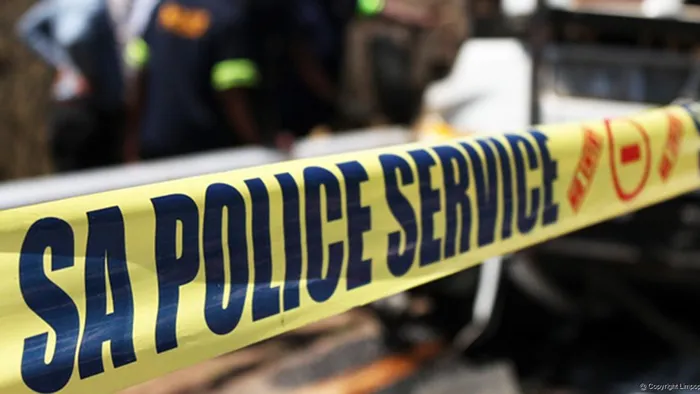Questions over policing after alleged vigilante murders in Inanda

Police crime scene tape at a scene Concern over vigilantism has been raised after five men were killed in Inanda. File Picture: Independent Newspapers Archives
THE murders of the five young men, who were hacked to death in Bambayi, Inanda, in the early hours of Friday, has brought into sharp focus the rise of incidents of vigilantism.
According to Colonel Robert Netshiunda, spokesperson for the KwaZulu-Natal SAPS, the victims, aged 19 to 26, were abducted from their homes around midnight.
Their mutilated bodies were discovered at two separate locations hours later. One victim had his arm chopped off, Netshiunda said.
Police suspect a bush knife was used in the killings.
Investigations have led to the arrest of 12 suspects, believed to be part of a local forum, and residents have alleged that those killed were criminals who had been terrorising the area.
Netshiunda said the suspects, aged between 22 and 70, would appear in court today.
In a separate incident, three bodies were found with bullet wounds on a pavement near a tavern in Ntuzuma on Saturday.
The killings have shone a spotlight on the challenges of policing in crime-ridden areas.
Aidan David, chairperson of the eThekwini District Policing Board which oversees several Community Policing Forums (CPFs), pointed to strained relationships between police and CPFs as a critical issue.
“If the SAPS works in secrecy and does not make enough attempts to foster the partnership between CPF and the SAPS, then crime will always spiral out of control,” said David.
He said CPF members remained committed to fighting crime but were often hindered by slow responses from the SAPS.
“The proper tools of the trade must be given to each CPF structure to make a huge impact in the fight against crime in the eThekwini region,” he said.
On the issue of vigilantism, David was clear: “Vigilantism should definitely not take place or be encouraged in any area of South Africa. It is a criminal act that creates more problems for innocent community members,” he said.
David said frustration with the SAPS often led to people taking the law into their own hands and this “always leads to fatalities”.
David Bruce, of the Institute for Security Studies (ISS), highlighted that while areas like Inanda, Ntuzuma, and KwaMashu often drew attention with their high crime statistics, crime levels were high across many regions.
He pointed to youth marginalisation as a significant driver of crime.
“There are multiple issues, including en masse youth marginalisation. But the issue that can be resolved most directly is gun crime, which plays an enormous role in escalating the level of injury and death that results from crime,” Bruce said.
Regarding vigilantism, he said: “At the moment, the consensus seems to be that the criminal justice system is basically not working, so that is likely to be one factor that encourages vigilantism.”
To address these challenges, he suggested prioritising efforts to tackle gun crime and violence.
KZN Violence Monitor Mary de Haas linked the rise in vigilantism to systemic failures in the criminal justice system. “Vigilantism happens because of bad policing and justice,” said De Haas, describing the criminal justice system as “virtually broken”.
“Those in crime intelligence trying to do their jobs face an uphill battle because their information has to be acted on by management, which is hugely problematic and riven with corruption,” she said.
De Haas also highlighted the risks CPF members face. “Members of the community police forum were trying to protect taxi people in the morning and they got shot dead,” she said, referring to previous incidents in Inanda.
Related Topics: